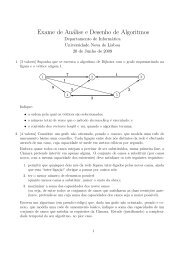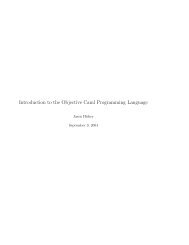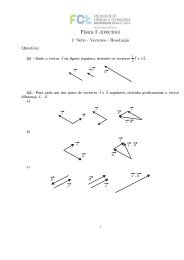Security Articles from Wikipedia
Security Articles from Wikipedia
Security Articles from Wikipedia
You also want an ePaper? Increase the reach of your titles
YUMPU automatically turns print PDFs into web optimized ePapers that Google loves.
Block cipher modes of operation 21<br />
Counter (CTR)<br />
Note: CTR mode (CM) is also known as integer counter mode (ICM) and segmented integer counter (SIC)<br />
mode<br />
Like OFB, counter mode turns a block cipher into a stream cipher. It generates the next keystream block by<br />
encrypting successive values of a "counter". The counter can be any function which produces a sequence which is<br />
guaranteed not to repeat for a long time, although an actual counter is the simplest and most popular. The usage of a<br />
simple deterministic input function used to be controversial; critics argued that "deliberately exposing a<br />
cryptosystem to a known systematic input represents an unnecessary risk." [19] By now, CTR mode is widely<br />
accepted, and problems resulting <strong>from</strong> the input function are recognized as a weakness of the underlying block<br />
cipher instead of the CTR mode. [20] Nevertheless, there are specialized attacks like a Hardware Fault Attack that is<br />
based on the usage of a simple counter function as input. [21]<br />
CTR mode has similar characteristics to OFB, but also allows a random access property during decryption. CTR<br />
mode is well suited to operation on a multi-processor machine where blocks can be encrypted in parallel.<br />
Furthermore, it does not suffer <strong>from</strong> the short-cycle problem that can affect OFB. [22]<br />
Note that the nonce in this graph is the same thing as the initialization vector (IV) in the other graphs. The IV/nonce<br />
and the counter can be combined together using any lossless operation (concatenation, addition, or XOR) to produce<br />
the actual unique counter block for encryption.









